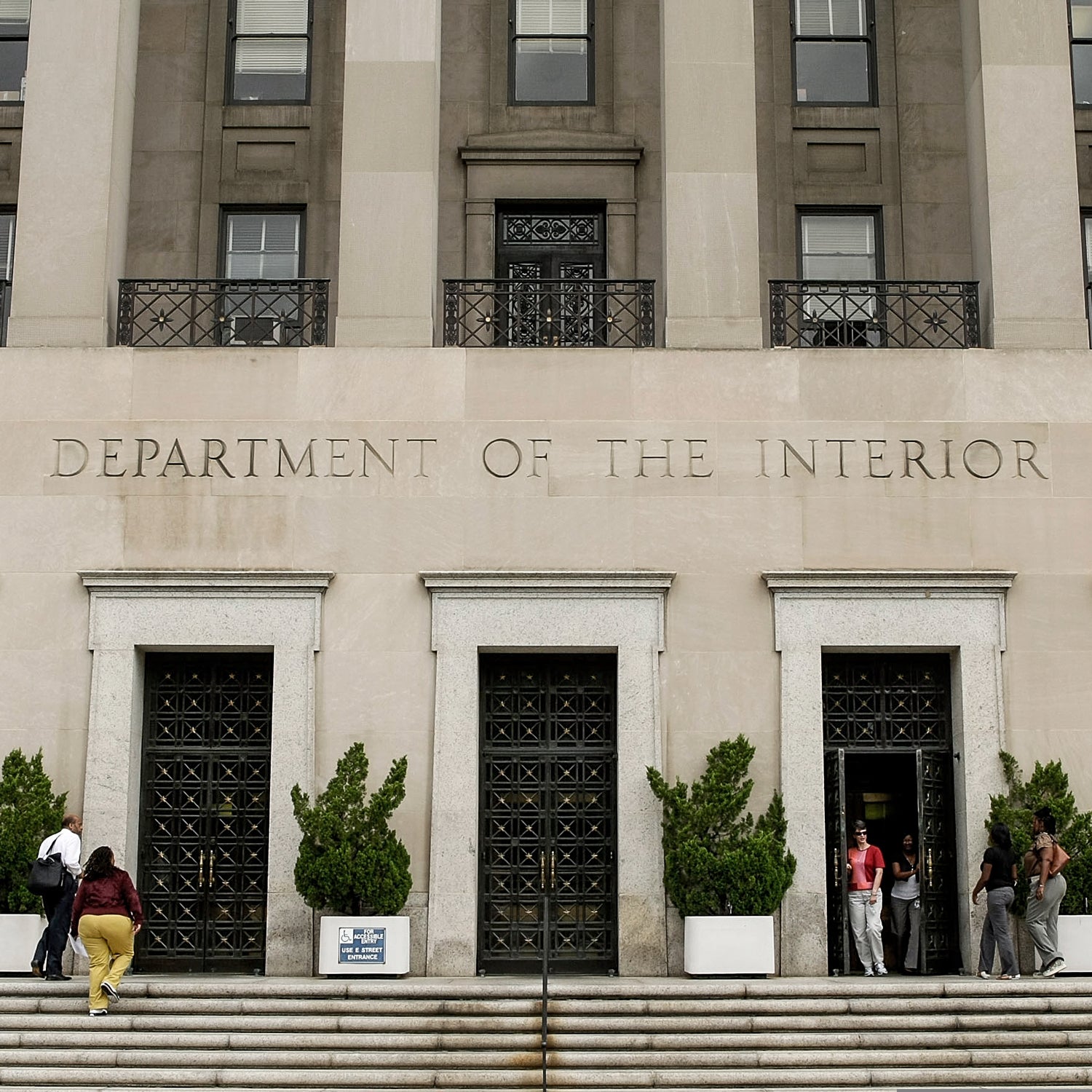A by the Department of Interior shows that of employees have been harassed or discriminated against in the past year. The news affirms what has, at this point, become painfully clear: the department has a culture of bad behavior that has gone unchecked for years.
The survey was initiated after reports emerged from the Grand Canyon in 2016 that women working for the National Park Service had routinely been harassed and, in some cases, assaulted while working on the river. Those complaints quickly spread throughout the NPS, prompting resignations and calls for further investigation. In October, the DOI released a survey of full-time NPS employees that found that 40 percent had experienced some form of harassment or discrimination. Thursday’s survey included other departments—from the Bureau of Indian Affairs to the U.S. Geological Survey—and included 28,203 respondents, representing 44 percent of all Interior employees.
The results are damning. The most common form of harassment was related to age, with 20.5 percent of respondents saying they’d experienced such an event. More than 12 percent reported gender harassment, 10.1 percent reported sexual harassment, 9.3 percent said they’d been harassed or discriminated against due to their race or ethnicity. (Worryingly, more than 20 percent of those working in the Bureau of Indian Affairs reported harassment due to their race.) The number of employees who said they'd been sexually assaulted—0.74 percent—was much smaller, but still represents 208 employees, a number that would more than double if we assume the relatively large sample size is representative of the entire workforce.
“From day one, I made it clear that I have zero tolerance for any type of workplace harassment,” Secretary Ryan Zinke said . “I have directed leadership across the entire Department to move rapidly to improve accountability and transparency with regard to this absolutely intolerable behavior.”
At the same time that it released the survey results, the DOI announced initiatives aimed at correcting the issue, including dispersing its updated anti-harassment policy, establishing new guidelines for managers who hear about harassment, creating a guide to conducting harassment investigations, and more training for those who may conduct such investigations.
These are all good steps, to be sure. But if the is any indication, the more that DOI employees feel they are not alone in talking about harassment, the more people will speak out against it. In other words: the fallout is likely far from over.


